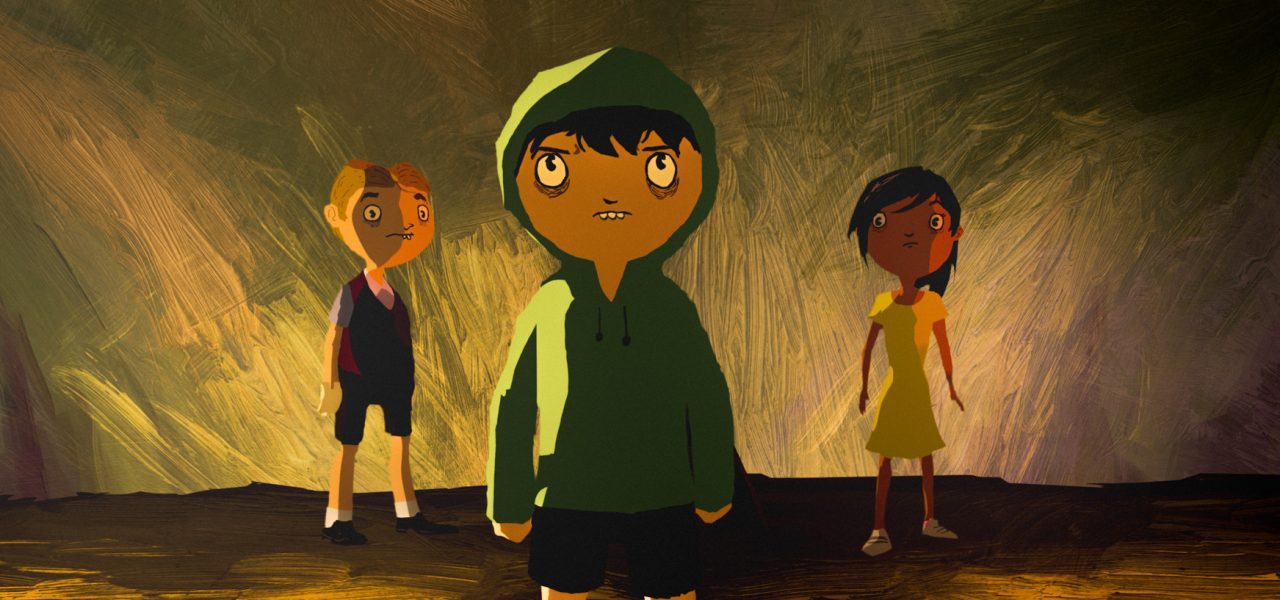
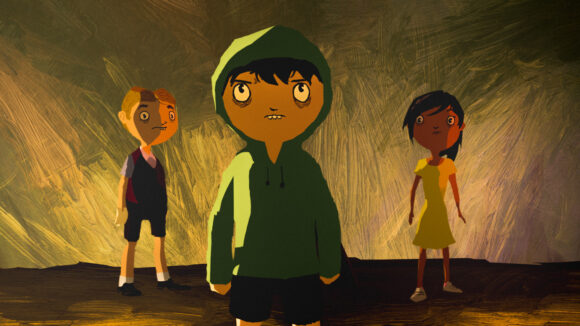
Quirino Forum: 6 Key Takeaways On The Current State Of Latin American Animation
At the Quirino Awards, people greet each other with handshakes, hugs and high fives. The camaraderie of young, burgeoning industries is on show everywhere, amplified by the attendees’ shared languages and cultures.
The conference and awards, which launched last year on the Spanish island of Tenerife, aims to boost the animation sectors in Spain, Portugal, and across Latin America. Aside from the awards themselves, which Cartoon Brew covered earlier, this year’s edition (April 4-6) featured masterclasses, roundtables, academic lectures, screenings and some 600 business meetings.
The likes of Spain, Mexico, and Brazil are already major players in the global marketplace, and more of these countries are on course to join them. Yet they still face considerable obstacles. The fact that this event exists at all reflects the need in these regions – particularly Latin America – for systems and institutions that can help sustain their growth. This subject was addressed in the Quirinos Forum, a series of talks during which representatives from various animation associations identified the progress made in their nations, and the problems they still face.
Below are our six takeaways from the Forum, with a focus on Latin America’s situation. It’s worth noting that this is a vast and varied territory, and what follows are broad generalizations. As things stand, it’s hard to go into more detail – which leads to the first point…
More information is needed
The Forum’s centerpiece was the official announcement of a new white paper on Latin American animation. Drawing on the methodology of a similar document published recently in Spain, the paper will seek to provide – for the first time ever – a detailed snapshot of animation production across the territory. Preliminary statistics were released in Tenerife; more substantial research will be presented at this year’s Annecy Festival. Overall, the paper is set to take four years to complete.
This project is crucial: it will enable producers and other stakeholders to assess their neighbors’ animation industries, laying the groundwork for co-productions. But it is also hugely ambitious. Not only must the coordinators hound two dozen associations into collecting the relevant data, they also have to apply the same standards across the board. According to the Forum presentation, Brazil only has four animation schools – a statistic that raised eyebrows among some Brazilian attendees. But what counts as a school? How much animation must it teach? Does it have to be recognized by the government? Defining the terms will be hard.
“Friendship” is the word
Another new initiative is La Liga, a league formed by the three important events in Latin American animation: Mexico’s Pixelatl Festival, Argentina’s Animation! subsection at the Ventana Sur film market, and the Quirinos themselves. Every year from now, the league will select a promising project pitched at Animation!, and the people behind it will be invited to present it at the other two events. La Liga was set up in part to stress that the three events aren’t in competition and share interests, as Animation! coordinator Silvina Cornillon told Cartoon Brew.
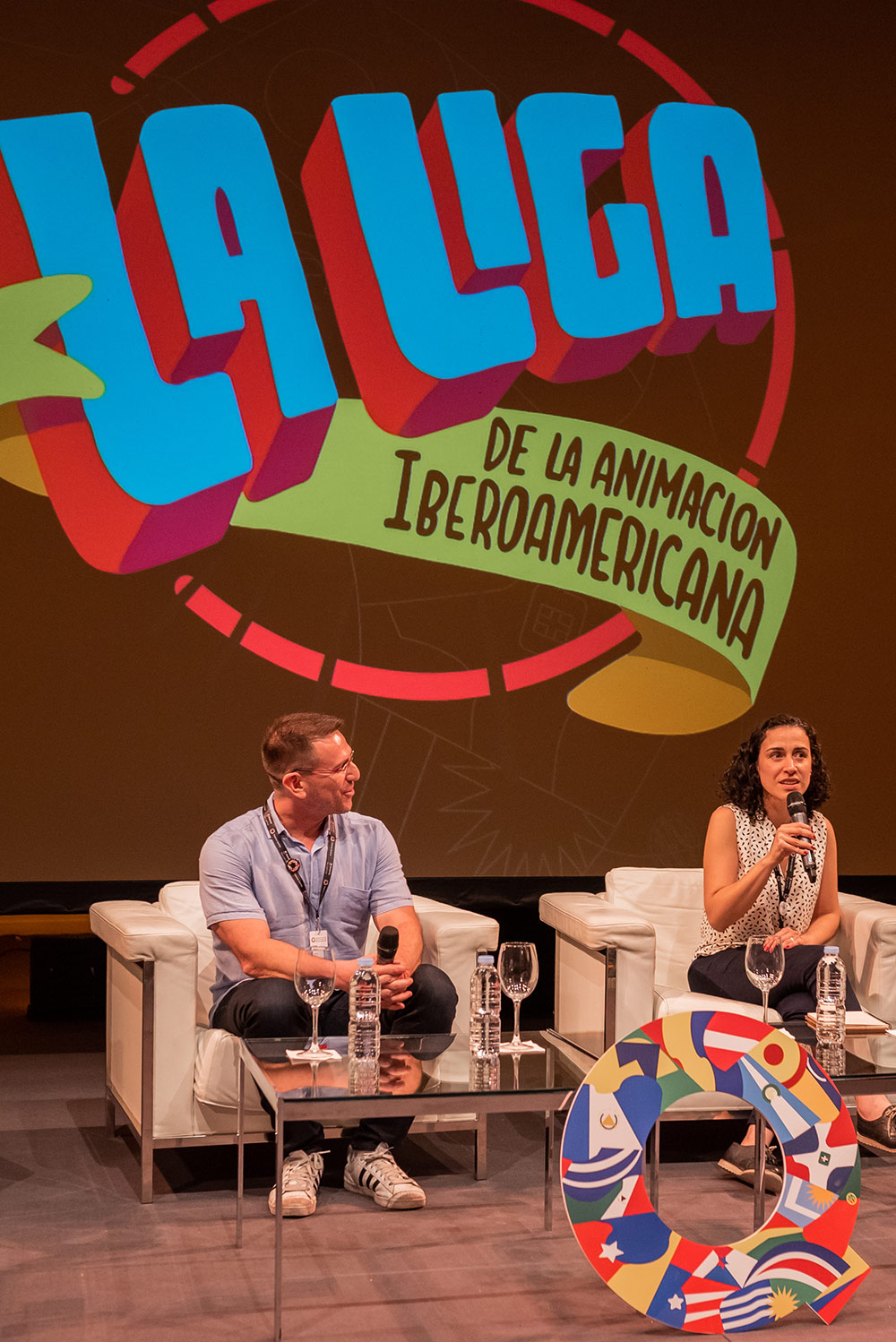
The inaugural winner was Two Little Birds, a lightly satirical kids’ series about two birds trying to cohabit in peace, which is being co-produced by Argentina’s Can Can Club and Uruguay’s Palermo Estudio.
Presenting the work in progress, the producers traced their working relationship back to a party where they bonded over a friendly race up some stairs. Other filmmakers also spoke of cooking up projects with their pals – one example is Virus Tropical, which won the Quirino for best feature. Friendships can sprout professional collaborations anywhere, but this may be especially true of relatively close-knit industries like Latin America’s.
Money is tight
Over the past decade or so, countries across Latin America have devised a whole new array of funds and tax breaks for animation (and cinema in general). Even so, the sums remain small.
More and more countries are forming associations to represent their animation industries. But their delegates spoke of the difficulty of convincing policymakers that animation is a growth area – and that it doesn’t function like live action. As Pixelatl director José Iñesta told Cartoon Brew, “The funds don’t recognize that animation is a different medium that requires a bigger investment, more time. Normally funds give you two years to complete the project, so we have to be smart about when to apply.” Then there’s the fact that Latin America lacks the protectionist laws found in Europe, which guarantee things like funding for small productions.
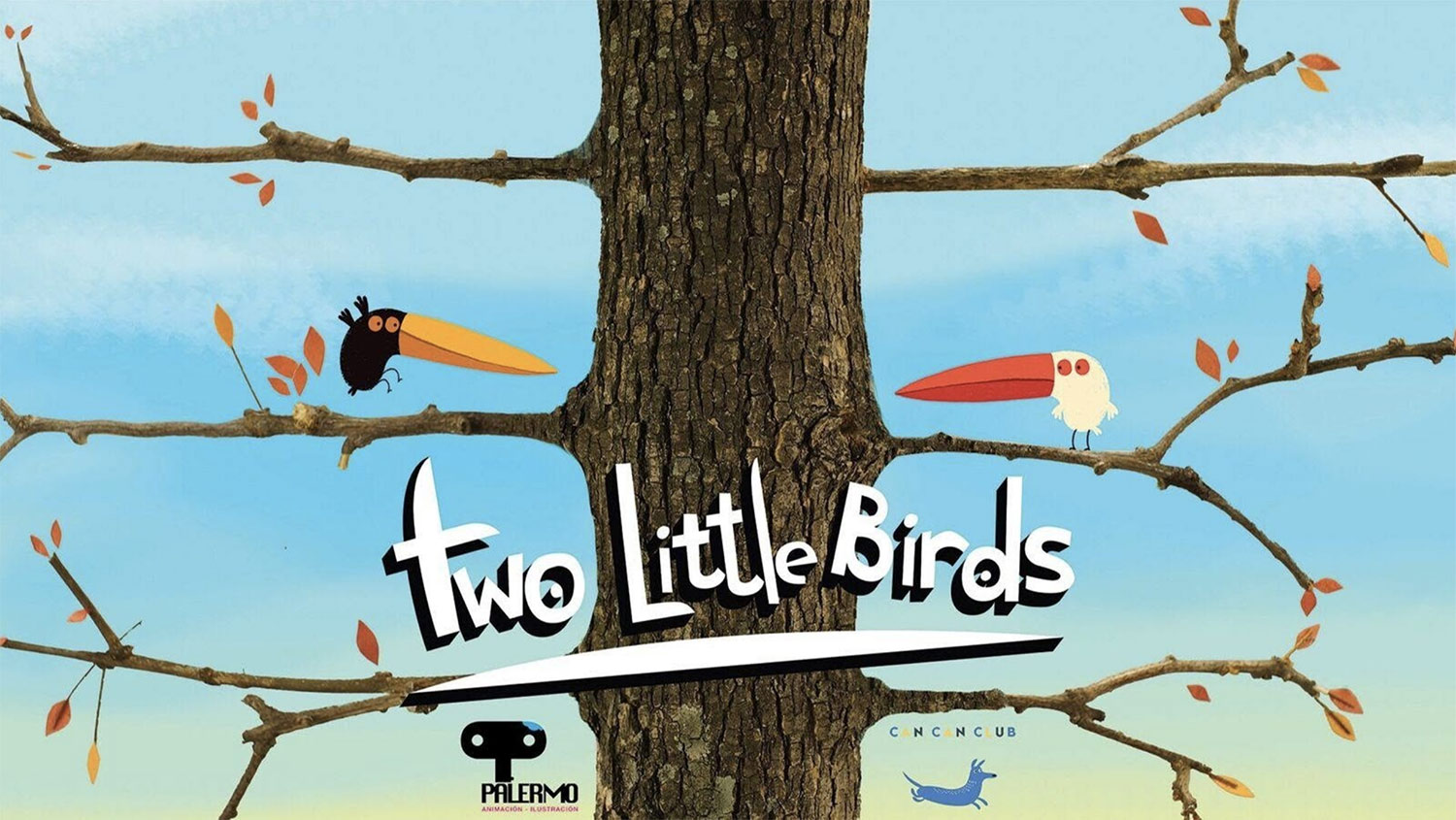
Acclaim from abroad strengthens the lobbyists’ case. For instance, veteran director Alvaro Ceppi noted that funds in Chile improved after one of its short films, Bear Story, won an Oscar. But such prizes can’t be counted on. This only underlines the importance of co-productions, which enable countries to share risk and tap each other’s funds.
Co-productions come in different forms
Some countries make for obvious co-production partners. According to producer José Navarro, his nation, Chile, works well with Peru, as the neighbors have similar markets, costs, and cultures. Mexico collaborates frequently with the United States: Anima, the country’s largest animation studio, was also the first in Latin America to produce a series with Netflix.
At the Forum, some voiced fears that a project’s artistry or cultural specificity might be diluted when international giants like Netflix and Cartoon Network come onboard. Others welcomed the money that they bring. As Ceppi put it, “We have reached a level of maturity that allows us to have different models of co-production, depending on the project’s needs.” His series Paper Port demonstrates another model: although entirely made at Zumbastico Studios in Chile, it was co-produced by public and private broadcasters in Chile, Argentine, Brazil, and Colombia, which gave constant feedback on Zumbastico’s work.
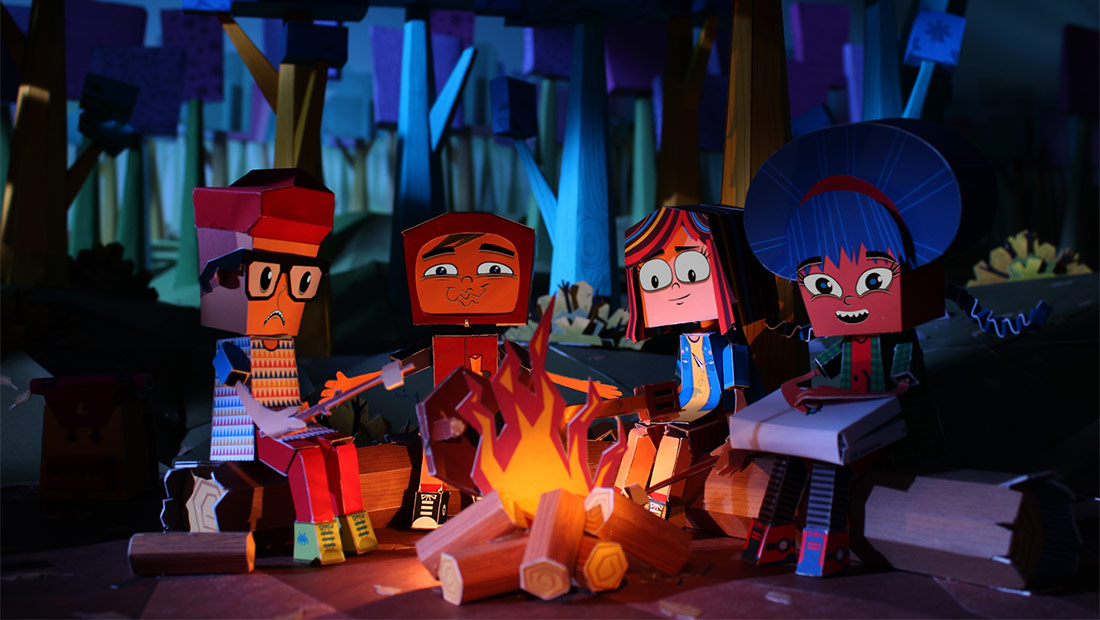
There remain under-explored avenues of collaboration (which is one of the reasons why the Quirinos exist in the first place). Brazil, which is fairly self-sufficient and speaks a different language to its neighbors, has been slow to embrace co-productions. Its delegate Marta Machado acknowledged this: “We need to change our approach. When you only want to be a majority partner, it’s like presenting someone with your baby. But they have their own babies.”
Co-productions between Latin American nations and Spain/Portugal are also rare – there wasn’t a single one among this year’s nominees. Representatives from both Spain and Portugal expressed their dismay at this, and everyone spoke in general terms about wanting to work together. Their task is now to establish the sort of trusting relationships often found between Latin American studios. Cornillon of Animation! is optimistic: “Now Latin American and Spanish studios don’t see each other as competition so much.”
Things can change suddenly
“In Latin America, you never know what’s going to happen,” said Milton Guerrero, CEO of Peru’s Red Animation Studios. State support for animation changes on the whims of governments. Political and economic instability is rife. Argentina, one of the region’s largest economies, is in the throes of a recession which has sent its currency into free fall. On a micro-level, power cuts and poor internet connections disrupt productions.
Nowhere is this volatility more vividly illustrated right now than in Brazil. The country is now led by Jair Bolsonaro, a man many Brazilian attendees described as a fascist. Gustavo Steinberg, one of the directors of Tito and the Birds (which was nominated for best feature at the Quirinos), told Cartoon Brew that the president’s followers characterize artists as “vagabonds and idlers” who waste public money.

Brazil is currently Latin America’s most generous supporter of animation: just before Bolsonaro’s election, it committed to investing in five features per year. But now, Steinberg added, “the question is whether or not funding will continue to exist.”
Not all countries are created equal
These countries may have their problems, but at least they have animation industries to speak of. Many Latin American nations don’t have fully-developed industries. Of the 20 countries eligible for the Quirinos, 14 submitted works, and only five scored nominations: Brazil, Argentina, Chile, Mexico, and Colombia. These five plus Ecuador and Peru were represented in the Forum. The others were pretty much absent from the whole event.
Venezuela is on the brink of civil war, while Cuba has been hampered by international sanctions and restrictions at home. Other nations simply don’t have the resources to nurture their artists. The Quirinos extended their message of mutual support to these nations, which got a shout-out and a round of applause during the awards ceremony. But there was no denying the fact that, for now, “Latin American animation” doesn’t cover all of Latin America.

